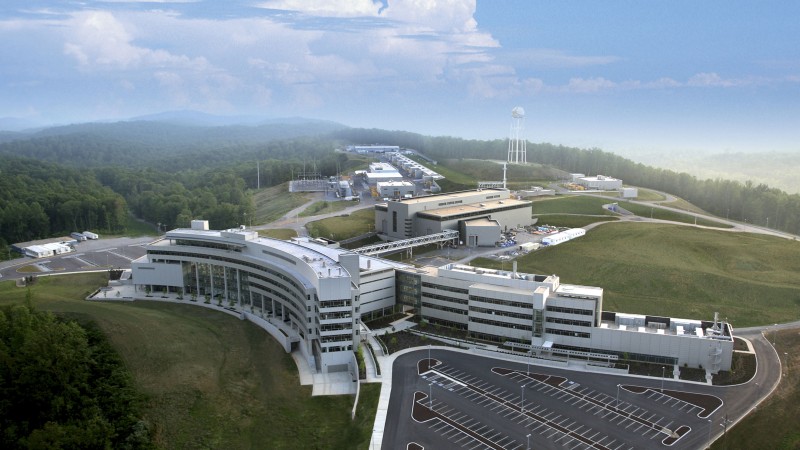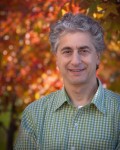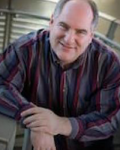Kelly Beierschmitt, associate laboratory director for Neutron Sciences at Oak Ridge National Laboratory, welcomed scientists recently to the second annual Neutron Scattering for Novices Workshop held at ORNL’s Spallation Neutron Source.
The workshop introduced neutron scattering techniques to scientists who have little or no experience with neutrons in research. It invited faculty members, research scientists, and postdocs, as well as senior Ph.D. students, to become neutron users at facilities such as the SNS and the High Flux Isotope Reactor (HFIR) at ORNL.
Some 45 scientists from across the United States and one Chinese university attended the one-day intensive event, organized by the University of Tennessee–ORNL Joint Institute for Neutron Sciences (JINS).
Neutron sources in the United States are stepping up efforts to get out word of the rapid growth in the capacity of today’s suite of neutron instruments. ORNL has 26 neutron scattering instruments and beam lines currently available to researchers—14 at SNS and 12 at HFIR. All are supported by a variety of sample environments and state-of-the-art data analysis and computational capabilities. Six additional instruments are under development.Robert McGreevy, ORNL’s deputy associate lab director for Neutron Sciences, presented the overview lecture, “What Can You Do with Neutrons?” On each slide he used the catchphrase “Neutrons show where atoms are,” and “neutrons show what atoms do.” One advantage of neutrons is that they are non-destructive. McGreevy surveyed the fields in which they provide unique scientific data: atomic and spin structure and dynamics in condensed matter physics, materials science, materials chemistry, polymer science, biological sciences, and engineering.
As an example of what neutron science can do, McGreevy showed an image of a 100 million year old geological sample dating from the time when Antarctica had a tropical climate; neutron imaging had revealed fossilized leaves from a monkey puzzle tree (a species found today in South America) inside the sample. Neutron imaging is being used in similar ways to investigate ancient artifacts and paintings.
Mark Dadmun, UT professor of polymer and physical chemistry and a frequent soft-matter physics researcher at HFIR, addressed “The Unique Abilities of Neutrons to Determine Structure.” Neutrons provide fundamental information to enable the design of multicomponent polymeric materials, Dadmun said. He presented slides showing how neutrons can be used to optimize the properties of polymer mixtures by helping researchers control dispersion size and selectively migrate a polymer additive to the surface.
Physicist Steve Nagler covered the use of neutron scattering techniques to elucidate the structure and dynamics of magnetic materials. Nagler is head of the Quantum Condensed Matter Division at ORNL and a research fellow at UT. He uses neutron scattering, especially inelastic scattering, to investigate the dynamics of materials at the quantum level. He discussed a series of experiments in which neutrons reveal new, unexpected behavior in magnetic materials. He compared high-resolution and time-resolved x-ray scattering with neutron scattering, illustrating the advantages of neutrons for revealing sensitive magnetic interactions in a material's atomic lattice. He surveyed work being done with neutrons showing nonequilibrium behavior in alloys, quantum criticality, frustrated magnetism, and novel superconductors.
Other speakers and sessions included Takeshi Egami, “Structure and Dynamics of Condensed Matter”; Jeremy Smith, “Neutron Scattering and Structural Biology”; Alexei Sokolov, “How Neutrons Help Reveal Dynamics of Soft Matter and Molecular Motions”; and John Katsaras, “Neutrons, X-rays, and Simulations for Biomembranes.”
Panel discussions and a session on writing a successful proposal instructed participants in the peer-reviewed process of obtaining time for research on one of the neutron instruments. The group was able to observe experiments in progress on the POWGEN, BASIS, and EQ-SANS instruments at the SNS.
“We received a lot of praise from the participants,” said Meiyun Chang-Smith, the associate director for education at JINS. “Some of the attendees expressed explicitly that they would like to see the workshop extended to a two day event, since they wanted to learn more about neutrons.”
Interested researchers can learn how to apply for time on neutron instruments at SNS and HFIR by contacting the User Office at neutronusers@ornl.gov, 865.574.4600. The next deadline for proposals is September 5, 2012, for the experiment period January–June 2013.
Funding for the workshop was provided by the Department of Energy, Office of Basic Energy Sciences, and by JINS.







